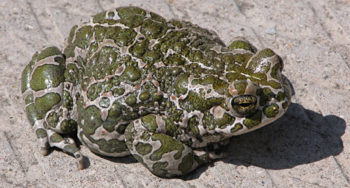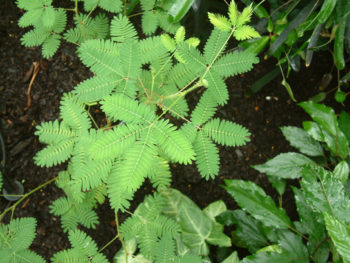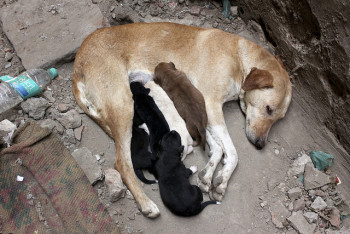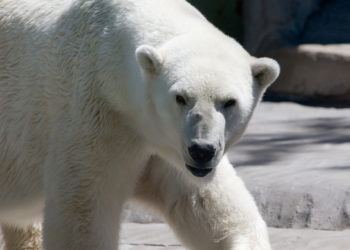What makes something living?
All living organisms share several key characteristics or functions: order, sensitivity or response to the environment, reproduction, adaptation, growth and development, homeostasis, energy processing, and evolution. When viewed together, these characteristics serve to define life. Different sources may use slightly different terms to describe these characteristics, but the basic ideas are always present.
Order

Organisms are highly organized, coordinated structures that consist of one or more cells. Even very simple, single-celled organisms are remarkably complex: inside each cell, atoms make up molecules; these in turn make up cell organelles and other cellular inclusions. In multicellular organisms, such as the toad seen in Figure 1, similar cells form tissues. Tissues, in turn, collaborate to create organs (body structures with a distinct function). Organs work together to form organ systems.
In this class, we will be focusing on how cells function, so we will be concentrating on biological molecules, how they make up cells, and how those cells function.
Sensitivity or Response to Stimuli

Organisms respond to diverse stimuli. For example, plants can bend toward a source of light, climb on fences and walls, or respond to touch (Figure 2). Even tiny bacteria can move toward or away from chemicals (a process called chemotaxis) or light (phototaxis).
Reproduction
Single-celled organisms reproduce by first duplicating their DNA, and then dividing it equally as the cell prepares to divide to form two new cells. Multicellular organisms often produce specialized reproductive germline (reproductive) cells that will form new individuals. When reproduction occurs, DNA is passed from the organism to that organism’s offspring. DNA contains the instructions to produce all the physical traits for the organism. This means that because parents and offspring share DNA ensures that the offspring will belong to the same species and will have similar characteristics, such as size and shape.
Growth and Development

All living things increase in size and/or change over their lifespan. For example, a human grows from a baby into an adult and goes through developmental processes such as puberty. Organisms grow and develop following specific instructions coded for by their genes (DNA). These genes provide instructions that will direct cellular growth and development, ensuring that a species’ young will grow up to exhibit many of the same characteristics as its parents, like the puppies seen in Figure 3.
Homeostasis and Regulation

In order to function properly, cells need to have appropriate conditions such as proper temperature, pH, and appropriate concentration of diverse chemicals. These conditions may, however, change from one moment to the next. Organisms are able to maintain internal conditions within a narrow range almost constantly, despite environmental changes, through homeostasis (literally, “steady state”)—the ability of an organism to maintain constant internal conditions. For example, an organism needs to regulate body temperature through a process known as thermoregulation. Organisms that live in cold climates, such as the polar bear (Figure 4), have body structures that help them withstand low temperatures and conserve body heat. Structures that aid in this type of insulation include fur, feathers, blubber, and fat. In hot climates, organisms have methods (such as perspiration in humans or panting in dogs) that help them to shed excess body heat.
Even the smallest organisms are complex and require multiple regulatory mechanisms to coordinate internal functions, respond to stimuli, and cope with environmental stresses. Two examples of internal functions regulated in an organism are nutrient transport and blood flow. Organs (groups of tissues working together) perform specific functions, such as carrying oxygen throughout the body, removing wastes, delivering nutrients to every cell, and cooling the body.
Energy Processing

All organisms use a source of energy for their metabolic activities. Some organisms capture energy from the sun and convert it into chemical energy in food (such as grass and bacteria that can perform photosynthesis); others use chemical energy in molecules they take in as food (such as the condor seen in Figure 5).
References
Unless otherwise noted, images on this page are licensed under CC-BY 4.0 by OpenStax.
Text adapted from: OpenStax, Concepts of Biology. OpenStax CNX. May 25, 2017 https://cnx.org/contents/GFy_h8cu@10.99:gNLp76vu@13/Themes-and-Concepts-of-Biology

